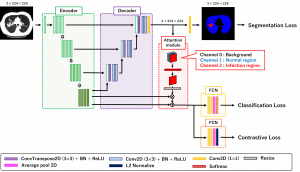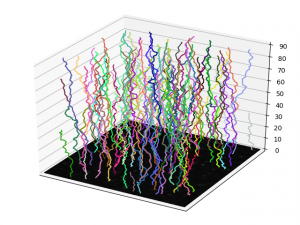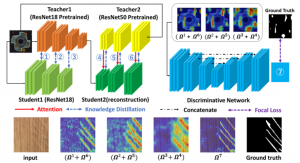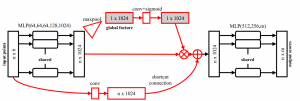Research Fields
Overview
Giving computers human-like intelligence, known as Artificial Intelligence (AI), has long been a dream of humankind. Our laboratory is pursuing this vision by conducting research on deep learning inspired by neural processing in the human brain.
Image Classifiction
A technology that automatically recognizes images and classifies the objects or features depicted in them into predefined categories.
The image below shows our research on automatically determining whether a person is COVID-19 positive or negative from a chest CT scan. Detailed visualizations of the reasoning behind the classification are also provided.



Source:COVID-19 CT segmentation dataset
Object Tracking
A technology that tracks specific objects across videos or sequences of images.
We proposed a model for effectively tracking protein molecules. The model learns the relationships among molecules within the yellow-highlighted region in the bottom-left figure, enabling long-term tracking of all molecules. The bottom-right figure shows a 3D visualization of the tracking results.


Anomaly Detetion
A technology that detects normal and anomalous patterns through learning, applicable to industrial inspection tasks such as defect detection in components.
In the study shown below, the model was trained using only “normal” images without any defects.


Source: MVTec AD (The MVTec Anomaly Detection Dataset)
Semantic Segmentation
A technology that takes images or point clouds as input and automatically assigns object-specific colors to each pixel or point.
2D Image
Semantic segmentation is an essential technology for autonomous driving. It recognizes objects in an image, such as pedestrians and vehicles, and automatically assigns a label to each pixel by coloring it according to its category.

Source:CamVid (Cambridge-driving Labeled Video Database)
Semantic segmentation for medical imaging. We proposed a more effective loss function than conventional methods, enabling accurate learning even for small anatomical structures.

Source:Synapse Multi -Organ Segmentation Dataset
Point Cloud
Semantic segmentation for 3D point clouds. We proposed a model that predicts semantic labels by considering the importance of each channel within the network.


Source:S3DIS (Stanford Large-Scale 3D Indoor Spaces)